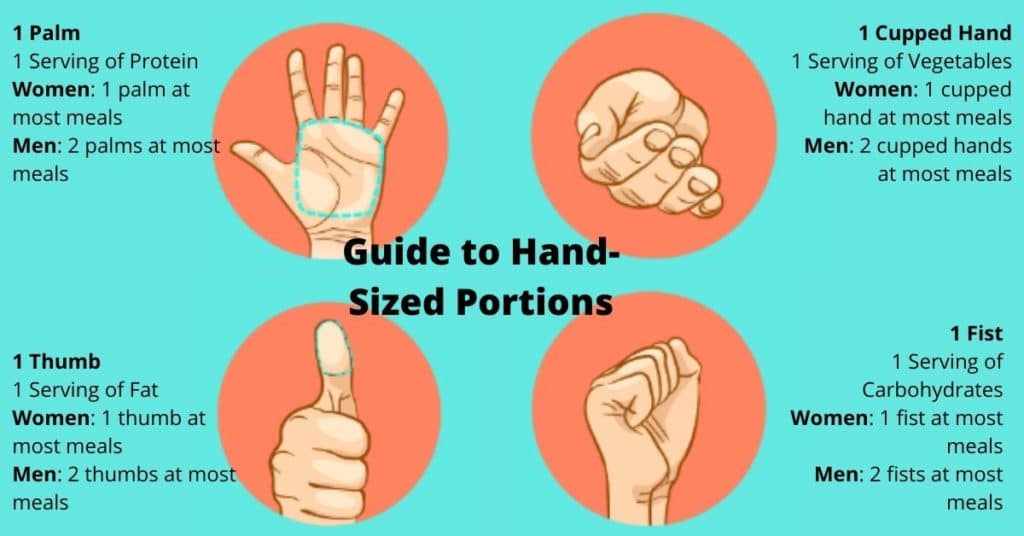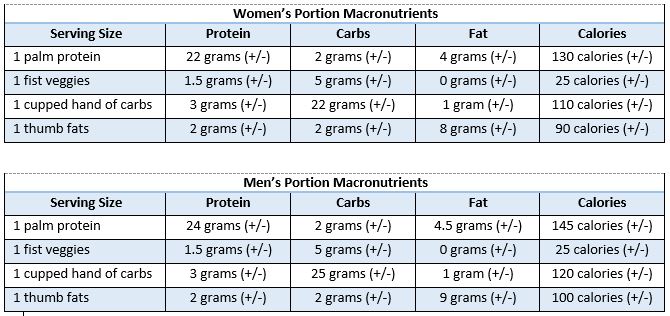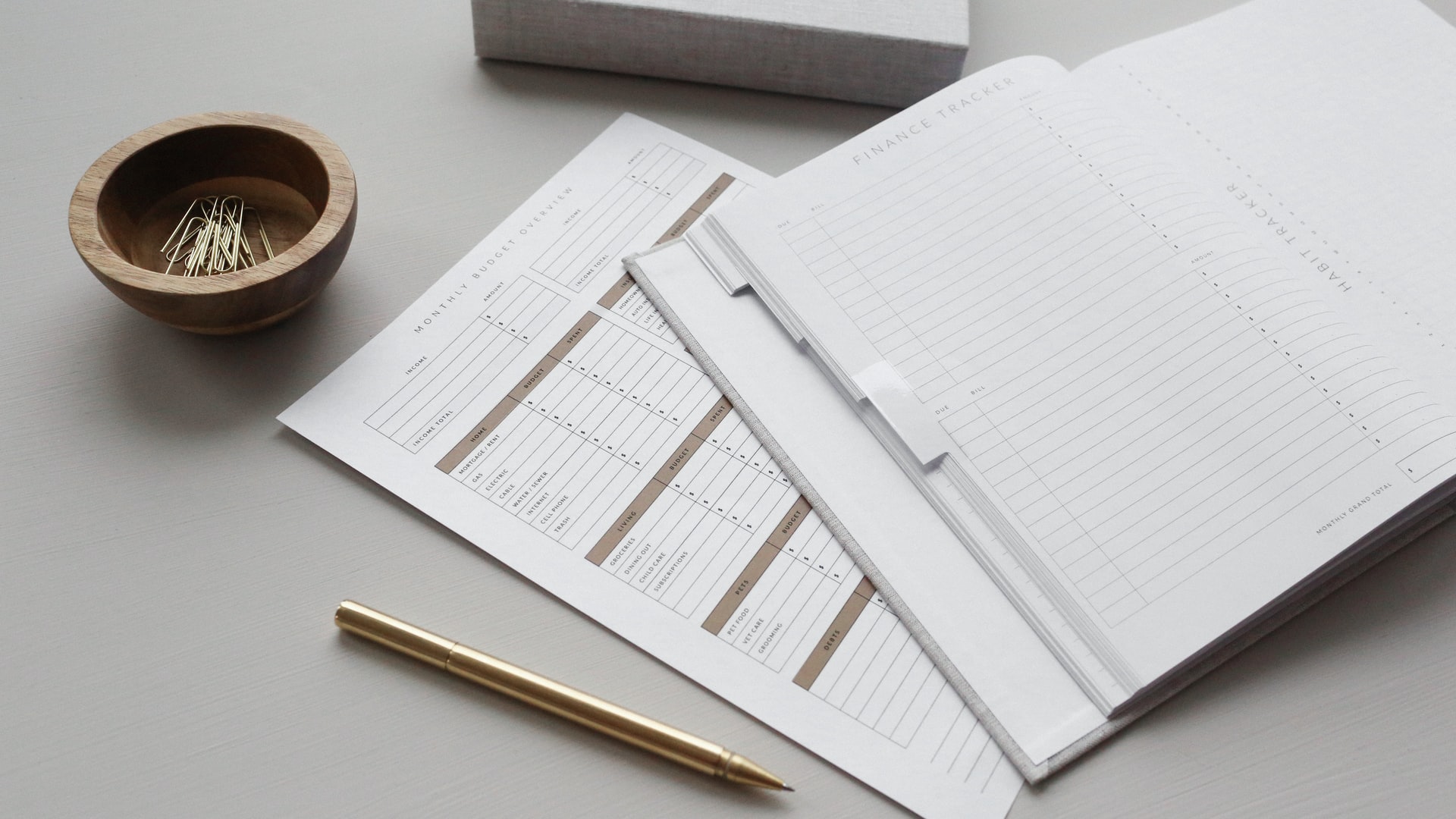Do you have a weight loss budget? If not, and weight loss is your goal, you’re missing a critical informational element in the entire process that could guarantee success.
Think of it this way: To save money, you have to spend less than what you make. The same premise applies to losing weight. You have to eat less than what you burn. This is your weight loss budget.
To save a certain amount of money per year, you’d examine your expenses, cut down on some, and roll that surplus into a savings account every month. After a while, that saving account can grow into a sizable nest egg. It doesn’t happen overnight. It takes time.
Losing weight works in a very similar way. To reach a certain weight loss goal, you reduce your calorie intake below what you burn little by little every day or week, and after a while, you lose weight. This is called being in a calorie deficit. It doesn’t happen overnight. It takes time.
Understanding this calorie deficit formula is that many don’t know the number of calories they should consume per day or how much they burn. With these unknown variables, you can’t establish a weight loss budget to guide you toward your goal.
Well today, I will show you how to establish your weight loss budget.
How many calories should I be eating?
You can’t know where you’re going if you don’t know where you’re starting. Likewise, understanding how much energy in the form of calories is in the food you eat won’t mean much to you if you don’t understand how much energy your body needs daily to maintain itself. Think about it. Digestion, breathing, keeping you warm, keeping your heart pumping, even thinking—they all require energy.
The measurement of how much energy you need is called your Basal Metabolic Rate (BMR). Your BMR is the rate at which you burn calories while at rest or post digestion when your digestive system is inactive. There are many online calculators available to help calculate this measurement. I use the BMR Calculator at Calculator.net (https://www.calculator.net/bmr-calculator.html). It’s simple and easy.
Let’s look at an example of a 53- year-old woman who gets little to no daily exercise.

According to the calculations, she needs 1,202 calories just to sustain bodily functions, such as breathing, eating, digesting food, and keeping her body warm, to name a few.
Daily life activities that aren’t deliberate exercise, such as cleaning, laundry, vacuuming, moving around, fidgeting, yard work, and so on, are captured in the “little or no exercise” Activity Level. So long as she doesn’t lie in bed all day, her daily caloric needs go up to 1,443.
Believe me, it doesn’t take much eating at all to exceed the 1,202 or 1,443 caloric thresholds when you look at today’s typical American diet.
With this information, you can use it to build your weight loss budget.
Building a weight loss budget
In our example, the calorie requirements were 1,443 per day. That translates to 10,101 calories per week.
Some days, you might not have a hearty appetite, and you eat less. Some days you may want to go out and celebrate an occasion with family and friends, and you eat more. Balancing your calories every week as opposed to daily gives you more flexibility in terms of what you eat, leaving you feeling less deprived. Your calorie count for a week might look like this:
| Breakfast | Lunch | Dinner | Snacks | Total Calories | |
| Sunday | 400 | 350 | 600 | 200 | 1,550 |
| Monday | 300 | 325 | 500 | 200 | 1,325 |
| Tuesday | 300 | 325 | 400 | 200 | 1,225 |
| Wednesday | 325 | 300 | 525 | 300 | 1,450 |
| Thursday | 400 | 500 | 500 | 300 | 1,700 |
| Friday | 300 | 325 | 400 | 200 | 1,225 |
| Saturday | 325 | 400 | 600 | 300 | 1,625 |
| 10,100 |
You can see that on a couple of days, you totally blew your calorie limit. Some days you were spot on. And some days, you didn’t even come close to your limit.
The net result? When you take in less energy than you use, you lose weight. If you consistently consumed calories in this pattern, your weight would remain more or less stable. If your goal is to lose weight, instead of going over your calories four days a week, make some adjustments so that you only go over two days a week. That might look like this:
| Breakfast | Lunch | Dinner | Snacks | Total Calories | |
| Sunday | 400 | 350 | 600 | 200 | 1,550 |
| Monday | 300 | 325 | 500 | 200 | 1,325 |
| Tuesday | 300 | 325 | 400 | 200 | 1,225 |
| Wednesday | 325 | 300 | 525 | 300 | 1,450 |
| Thursday | 400 | 500 | 500 | 300 | 1,700 |
| Friday | 300 | 325 | 400 | 200 | 1,225 |
| Saturday | 300 | 400 | 525 | 200 | 1,425 |
| 9,900 |
To be realistic, a net savings of 200 calories as displayed in this example isn’t a lot, but it’s a start. What’s important is that now you can see where you can make more changes. These changes might include food swaps or cutting out some foods altogether. Calorie balancing like this for only one or two weeks isn’t enough to yield striking results. Consistency is what matters.
I know what you’re thinking….this is all great information, but how do I know how many calories I’m eating?
Well, my friend that part is going to take a little work.
How do I know how many calories I am eating?
Now that you have your weight loss budget look at how many calories you’re actually eating. As I said, this takes work.
Flat out, the simplest way to know how many calories you’re eating is to track what you eat. Studies show that people who track their daily calorie intake have much greater success in losing weight than those who did not.
There are three ways you can track what you eat: keep a food journal, count hand-size portions, or use a smartphone app.
Keep a Food Journal
Keeping a food journal is good for a couple of reasons: you not only track what you eat, but you can take it one step further and introduce mindfulness to your eating by tracking what you’re doing and feeling when you eat.
If you are keeping a food journal to track calorie consumption, you’ll need to be diligent and manually capture calories and portion sizes. You can do this by reading food nutrition labels and referring to an online food database such as Nutritioninx.
If this seems too cumbersome, you can try counting hand-size portions.
Count hand-size portions
Hand-size portions come remarkably close to actual caloric measurements of various food types, and they’re way less complicated to use. To be clear, you’re not actually pouring food into your hand to measure; you’re simply using your hand as a guide.

The measurements in this chart are estimates. You can and should adjust up or down for hunger, fullness, or overall dietary goal.
Since we’re using this method to understand calorie consumption, this chart explains, on average, how many calories are in each hand-sized portion.

If you took a minute to find your BMR, you can estimate how many hand-sized portions, and therefore calories, you should consume per day. To be in a calorie deficit, your goal should be to stay below that number.
You can grab a free copy of my Hand-Sized Portion Control Worksheet using the link below.
Use a Smart-Phone App
By far, this is probably the most accurate way to track how many calories of you consume in your weight loss budget.
I’ll be the first to admit that I initially balked at the idea of using a smartphone app when the idea was presented to me by a nutritionist. While I diligently tracked my exercise and strength progression, I did not do the same for what I ate.
Once I did start, however, I recognized the benefits immediately – mostly because I could see where I needed to stop eating for the day because I was close to or over my daily weight loss budget.
There are many apps out there, and the ones I’ve tried are Lose It!, My Fitness Pal, and Chronometer. All of these apps are free, with the option to purchase the premium version for more features. If you want to try one to see if it works for you, the free version is fine.
The free features of all of them are pretty much the same. You can track calories, macronutrients, weight, calories burned through exercise, water intake, and so forth. What makes these apps simple is that you can scan food label barcodes and adjust the serving size as needed.
The drawback is that portions of the food databases are populated by users and vary in their accuracy. In addition, we’re terrible at judging portion control. Unless you are weighing and measuring your food, it’s more than likely you’ll go over.
In those instances, try combining the use of a smart-phone app with the hand-sized portion control method.
Final Words
If you’ve never crunched the numbers to know how many calories you should be consuming versus how many calories you are consuming, it can be quite a revelation when you take a minute to discover both.
If you go through these exercises and develop your weight loss budget, you’ll gain a level of awareness that, at the very least, will better inform what you need to do to get to where you want to go.
Commit to a month of learning about and tracking your food intake, then drop me an email with your results. I’d really like to hear what you think!

